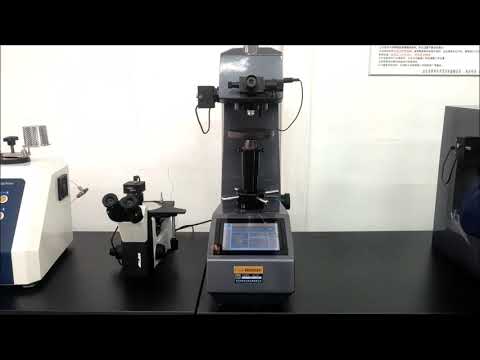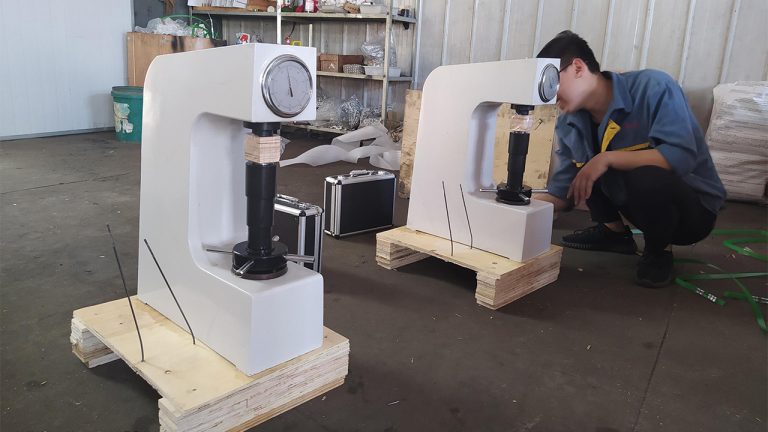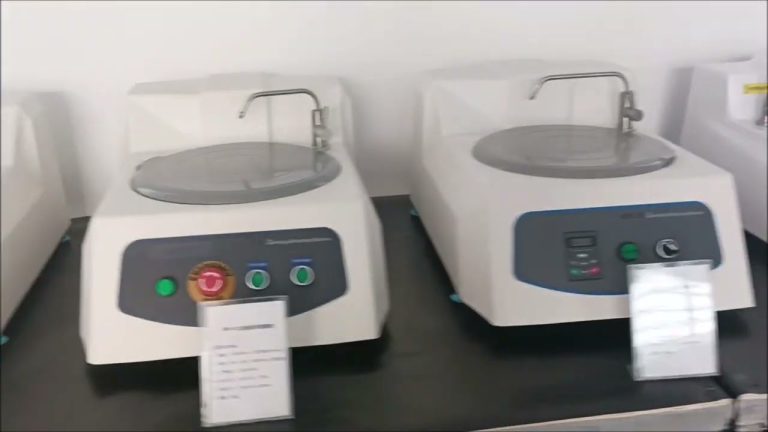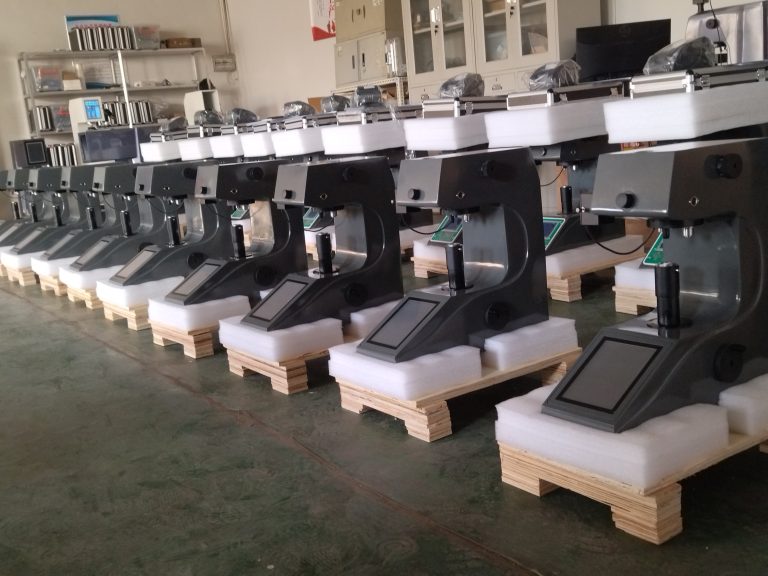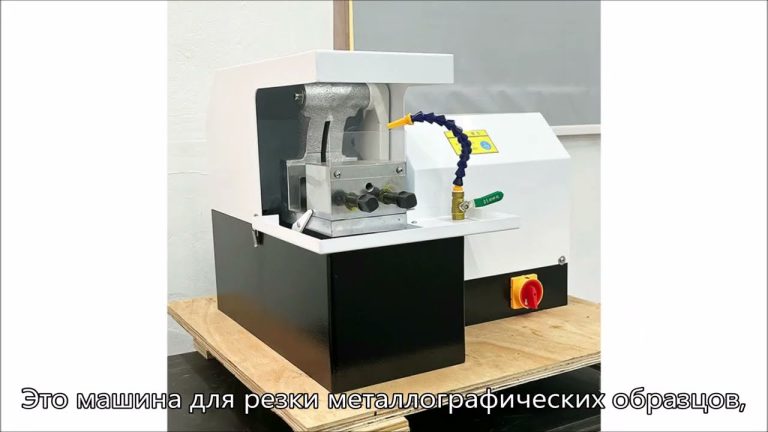Table of Contents
Methods for Calibrating hardness tester Mic 10
When it comes to testing the hardness of materials, a hardness tester is an essential tool. The Mic 10 hardness tester is a popular choice for many industries due to its accuracy and reliability. However, like any precision instrument, it is important to calibrate the Mic 10 regularly to ensure accurate results. In this article, we will discuss some methods for calibrating the Mic 10 hardness tester.
One of the most common methods for calibrating a hardness tester is using certified test blocks. These test blocks are made from materials with known hardness values and are used to verify the accuracy of the tester. To calibrate the Mic 10 using test blocks, simply place the block on the tester’s anvil and perform a hardness test. Compare the results with the known hardness value of the test block to determine if the tester is reading accurately.
Another method for calibrating the Mic 10 hardness tester is using a calibration kit. Calibration kits typically include a set of test blocks with varying hardness values, as well as any tools or accessories needed for calibration. To use a calibration kit, simply follow the instructions provided by the manufacturer to perform the calibration process. This method is convenient and ensures that all necessary components for calibration are readily available.
In addition to using test blocks and calibration kits, another method for calibrating the Mic 10 hardness tester is using a calibration standard. Calibration standards are reference materials that are traceable to national or international standards. By using a calibration standard, you can ensure that your hardness tester is calibrated to the highest level of accuracy.
It is important to note that calibration should be performed regularly to maintain the accuracy of the Mic 10 hardness tester. The frequency of calibration will depend on the usage of the tester and the industry standards. Some industries may require calibration to be performed on a monthly or quarterly basis, while others may only require annual calibration.
In addition to regular calibration, it is also important to follow proper maintenance procedures for the Mic 10 hardness tester. This includes keeping the tester clean and free of debris, as well as ensuring that all components are in good working condition. Regular maintenance will help prolong the life of the tester and ensure accurate results.
In conclusion, calibrating the Mic 10 hardness tester is essential for ensuring accurate and reliable results. By using test blocks, calibration kits, or calibration standards, you can verify the accuracy of the tester and maintain its performance over time. Regular calibration and maintenance are key to maximizing the lifespan of the Mic 10 hardness tester and ensuring consistent results.
Benefits of Using Hardness Tester Mic 10 in Material Testing
hardness testing is a crucial process in material testing, as it helps determine the strength and durability of a material. One of the most advanced and reliable tools for hardness testing is the hardness tester Mic 10. This state-of-the-art device offers a wide range of benefits that make it an essential tool for any material testing laboratory.
One of the key benefits of using the hardness tester Mic 10 is its accuracy. This device is equipped with advanced technology that ensures precise and consistent results every time. This level of accuracy is essential in material testing, as even the smallest deviation can have a significant impact on the overall quality of the material being tested.
In addition to its accuracy, the hardness tester Mic 10 is also incredibly versatile. It can be used to test a wide range of materials, including metals, plastics, and ceramics. This versatility makes it a valuable tool for any material testing laboratory, as it eliminates the need for multiple testing devices.
Another benefit of the hardness tester Mic 10 is its ease of use. This device is designed with the user in mind, featuring a user-friendly interface that makes it easy to operate. This ease of use not only saves time but also reduces the risk of errors, ensuring reliable and consistent results.
Furthermore, the hardness tester Mic 10 is also incredibly efficient. This device is capable of performing multiple tests in a short amount of time, allowing for quick and efficient testing of materials. This efficiency is essential in a fast-paced laboratory environment, where time is of the essence.
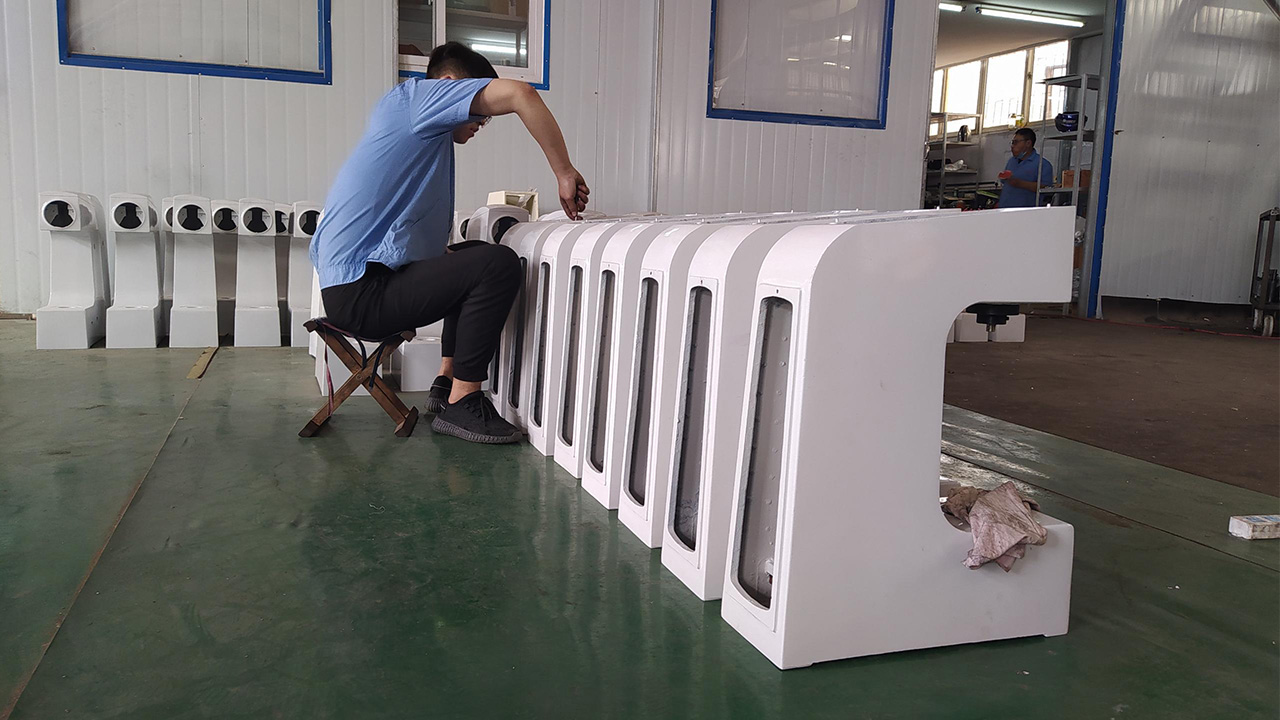
Moreover, the hardness tester Mic 10 is also highly durable. This device is built to withstand the rigors of daily use in a material testing laboratory, ensuring long-lasting performance. Its durability makes it a cost-effective investment for any laboratory, as it eliminates the need for frequent repairs or replacements.
Additionally, the hardness tester Mic 10 is also equipped with advanced features that enhance its performance. These features include automatic data logging, real-time monitoring, and remote access capabilities. These advanced features not only improve the efficiency of the testing process but also provide valuable insights into the material being tested.
Overall, the hardness tester Mic 10 offers a wide range of benefits that make it an essential tool for material testing. Its accuracy, versatility, ease of use, efficiency, durability, and advanced features set it apart from other hardness testing devices on the market. Whether testing metals, plastics, or ceramics, the hardness tester Mic 10 is the ideal choice for any material testing laboratory.

